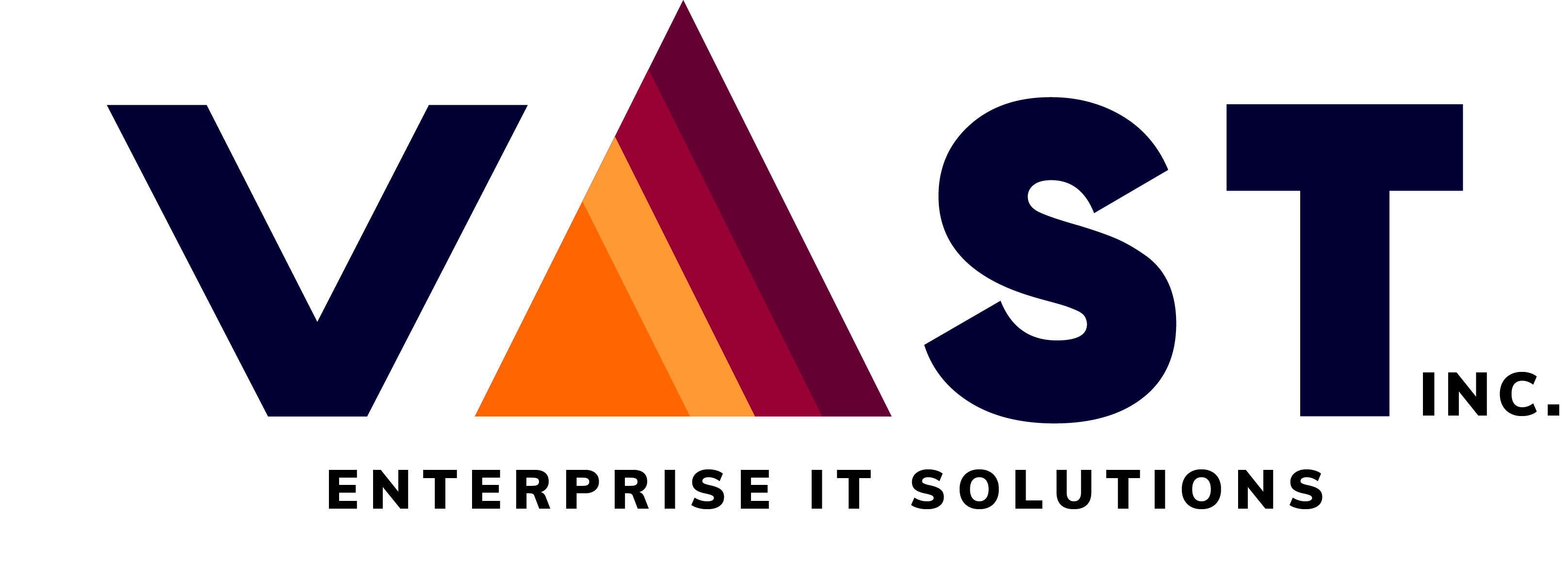
- February 12, 2024
- vastadmin
- 0
In the dynamic world of DevOps, efficiency and collaboration are paramount. A repository is a critical component that contributes significantly to achieving these objectives. In this detailed guide, we will explore the concept of repositories in DevOps, including their importance, types, and role as the foundation for seamless software development.
Understanding Repositories in DevOps
What is a repository?
A Demystifying Repositories in DevOps is essentially a central hub for storing code, configurations, and other software project-related artifacts. It functioned as a version control system, allowing teams to manage and track changes together. Repositories create a structured environment in which development activities are well-organized and transparent.
Types of Repositories
Centralized Repositories: In a centralized architecture, a single master repository contains the most recent version of the code. Developers check out a copy, make modifications, and then commit the changes to the central repository. This paradigm gives control, but it can also create bottlenecks.
Distributed Repositories: The distributed paradigm, as demonstrated by Git, allows each developer to have their own copy of the repository. Changes can be done locally and subsequently merged with the main repository. This decentralized approach encourages collaboration while reducing reliance on a centralized server.
The Role of Version Control
Version control is a key component of DevOps, and repositories play an important role in aiding it. Version control tracks changes to the codebase, ensuring that each alteration is recorded, reversible, and accountable. This not only facilitates collaboration but also serves as a safety net in the event of errors.
Git: The Cornerstone of Repositories
What is Git?
Git is a well-known repository management system. Git is a distributed version control system developed by Linus Torvalds, the founder of Linux. It is noted for its speed, flexibility, and branching capabilities.
Branching Strategies
Git’s branching architecture enables developers to work on features, bug fixes, and experimentation independently. Common tactics include feature branching, which assigns each feature its own branch, and GitFlow, which sets unique branches for features, releases, and hotfixes.
Collaborative Development with Git
Git’s distributed architecture makes it perfect for collaborative development. Developers can work on their own branches, making changes without affecting the whole codebase. Pull requests and merges make it easier to integrate changes, resulting in a more regulated and efficient development process.
Integration with Continuous Integration/Continuous Deployment (CI/CD)
CI/CD Pipelines and Repositories
In the DevOps ecosystem, Continuous Integration (CI) and Continuous Deployment (CD) are key components. Repositories work smoothly with CI/CD pipelines to automate the build, test, and deployment processes. This ensures that any modifications made to the repository are thoroughly tested before being deployed in production.
Automation for Efficiency
The combination of repositories and CI/CD puts automation at the forefront. Every code commit triggers CI/CD pipelines, which automate the testing and deployment stages. This not only speeds up the development process, but it also improves reliability by identifying potential difficulties early on.
Learn More: Jenkins vs. Other CI/CD Tools: Making the Right Choice for your Project
Choosing the Right Repository for Your Project
Factors to Consider
- Scalability: Consider the scalability of the repository system. Will it accommodate the development of your project and team?
- Collaboration Features: Look for features that improve collaboration, like branching, merging, and pull requests.
- Security: Prioritize security measures to secure your code and sensitive data.
Popular Repository Platforms
- GitHub: It is widely utilized due to its user-friendly interface and rich collaborative capabilities.
- GitLab: Known for its all-in-one approach, which includes repositories, CI/CD, and project management.
- Bitbucket: When integrated with Jira, delivers a seamless experience for teams that use Atlassian products.
Best Practices for Repository Management
Implementing Effective Repository Practices
- Branching Strategy: Define a branching strategy that is consistent with your development workflow, whether it is GitFlow or a customized technique.
- Commit Standards: Enforce precise and simple commit messages to improve traceability and comprehension.
- Code Review: Implement a code review mechanism via pull requests to ensure code quality and knowledge sharing.
- Documentation: Maintain thorough documentation in the repository to facilitate onboarding and troubleshooting.
Conclusion: Empowering DevOps Through Repositories
In the ever-changing DevOps ecosystem, repositories are the glue that holds everything together, promoting collaboration, version control, and automation. Whether you choose a centralized or distributed strategy, the correct repository may improve your development process by assuring efficiency and dependability. Demystifying Repositories in DevOps
FAQs
Q1: Can I use Git for a small development project?
A1: Absolutely! Git’s versatility makes it suitable for projects of all sizes. Git’s version control capabilities make it a viable solution for everything from small personal projects to large-scale enterprise applications.
Q2: What’s the difference between centralized and distributed repositories?
A2: A centralized repository consists of a single master repository, whereas a distributed repository, such as Git, allows each developer to have their own copy. This decentralization improves teamwork and decreases reliance. Demystifying Repositories in DevOps
Q3: How do repositories enhance security in DevOps?
A3: Repositories contribute to security by offering version control, which allows for clear tracking of modifications. This, together with features such as access controls and code reviews, increases the security of the development process.
